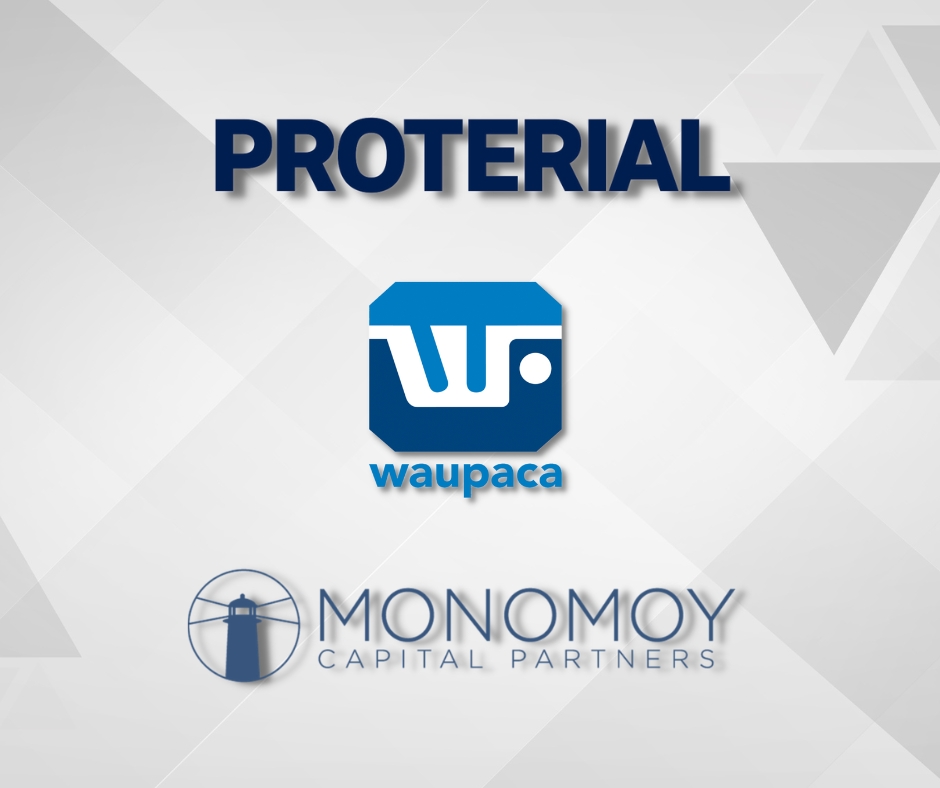
Our Legacy
Metalcasting is one of the oldest manufacturing methods known to humankind and a very direct method of producing metal parts. The first castings can be dated back to ancient China in the 4th century B.C.
Over the years, the development of the metalcasting industry paralleled the American industrial revolution and foundries developed near growing settlements and cities nationwide. The American Foundry Society produced Spotlight On: Metalcasting, a documentary that aired on PBS in 2009. The five-minute documentary provides an overview of metalcasting and the importance cast components play in our society. To learn more about the history of foundries and metalcasting, visit American Foundry Society online.
Learn how Waupaca Foundry has established a legacy of producing the highest quality gray, ductile, and high-strength ductile iron castings.
- 1800's
- 1900 - 1960
- 1960 - 1970
- 1970 - 1980
- 1980 - 1990
- 1990 - 2000
- 2000 - 2010
- 2010 - 2020
- 2020 - Current
1800's
1871
John Rosche started the Pioneer Foundry on the banks of the Waupaca River, just east of Main Street in the City of Waupaca.
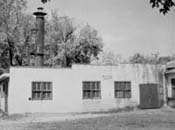
1886
His son Fred Rosche partnered with H.H. Suhs to form Suhs – Rosche specializing in the manufacture of the Waupaca Chilled Plow, sleigh shoes, sash weights for windows, and the crusher jaws for use by the City of Waupaca at its stone crushing plant.
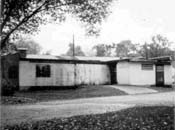
1900 - 1960
Circa 1900 - 1950
After the turn of the century, the foundry was sold to Leo Niemuth; then again to Charlie Dombrowski who ran the foundry until his death in 1955.
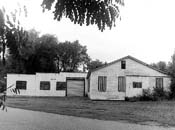
1955
Company was sold to Clifford Schwenn who changed the name to Waupaca Foundry, Inc. At this time Donald Brunner left Brillion Iron Works and joined Waupaca Foundry, Inc. as Plant Manager of Operations. Immediately a pattern vault addition was added to the plant.
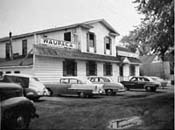
1957
Waupaca Foundry was casting truck brake drums, heavy truck axle parts, water and air-cooled industrial equipment parts, wood and metal working equipment castings, electric motor housings, and parts for electric door openers. A 4-ton cupola with a 45-foot stack was constructed, operations were transferred to a new plant (now Plant 1) and the melting jumped to 30 tons per day.
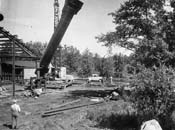
1960 - 1970
1964
After successive additions, Waupaca Foundry was melting 78 tons per day with 150 employees.
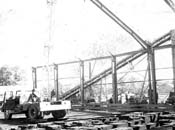
1966
Waupaca Foundry poured 30 tons of gray iron per day at new east-side molding plant (now Plant 2). By the eleventh year, the company had grown to 200 employees and poured 100 tons of gray iron castings per day.
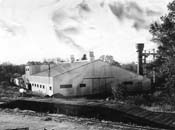
1967
Waupaca Foundry purchases and installs the first automatic vertical molding line at its Plant 1 foundry in Waupaca, WI. It is the first of its kind in the United States.
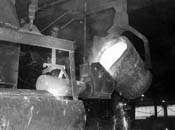
1968
Phillip W. Scott, President of The Budd Company in Troy, Michigan, announced that his company had acquired Waupaca Foundry, Inc. The move made Waupaca Foundry, Inc., a wholly-owned, independently operated subsidiary within The Budd Company automotive division.
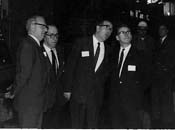
1969
An addition to the industrial park plant of Waupaca Foundry doubles iron casting production capacity at the plant. A conversion creates a 2-cupola operation and the plant becomes what is known today as Plant 2/3.
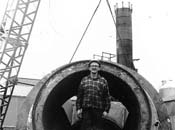
1970 - 1980
1971
Clifford Schwenn (pictured) retired and Donald Brunner then became President of Waupaca Foundry, Inc.
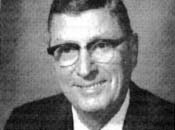
1973
Plans to build a new plant in northeast Wisconsin were announced. Plant 4 was constructed in Marinette, WI, and specialized in processes not available in previous plants. The Marinette facility was designed to melt 12 tons per hour.
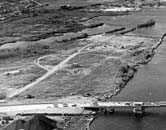
1977
The Schwenn family donated the original plot of land where Pioneer Foundry was built to the City of Waupaca. The plot of land was turned into a city park.
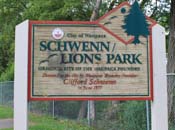.jpg)
1978
Thyssen, based in Düsseldorf, Germany acquired The Budd Company.
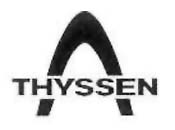
1980 - 1990
1988
Donald Brunner (pictured) assumes role as Chief Executive Officer, while Gary Thoe is elevated to President and Chief Operating Officer of Waupaca Foundry, Inc.
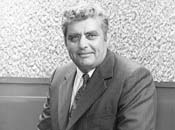
1990 - 2000
1991
Kaizen training introduced at Waupaca Foundry, a program that brings together five or six employees from different departments as a team, to work on creative problem solving and new ways to improve production and the flow of materials.
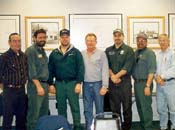
1996
Construction began on Waupaca Foundry Plant 5 in Tell City, IN.
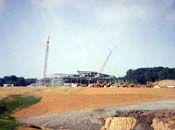
1997
Gary Thoe became President and Chief Executive Officer of Waupaca Foundry following the retirement of Don Brunner.
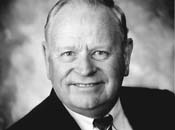
1999
The largest vertical molding machine in the world was installed at Tell City, IN. The machine was named “The Super Ox” and was designed and built by Waupaca Foundry employees. The addition brought the total number of vertical molding machines company-wide to 29, with a capacity of more than 380 tons per hour, making Waupaca Foundry the largest non-captive iron foundry in the world with more than 2,300 employees.
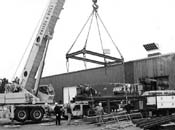
2000 - 2010
2000
Construction began on Waupaca Foundry Plant 6, located in Etowah, TN.
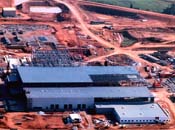
2002
Waupaca Foundry changed its name to ThyssenKrupp Waupaca.
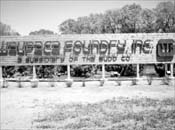
2005
Annual revenue exceeds $1 billion USD.

2007
Gary Gigante is appointed President and Chief Executive Officer of ThyssenKrupp Waupaca.
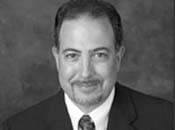
2010 - 2020
2011
Production resumes at Plant 6 foundry in Etowah, TN; adds 20,000 sq. ft. of manufacturing space for ductile iron production.
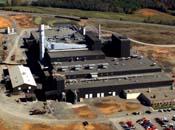
2012
Private equity firm,KPS Capital Partners acquires ThyssenKrupp Waupaca. Upon closing, the Company was renamed Waupaca Foundry, Inc.

2014
Waupaca Foundry is acquired by Proterial, Ltd. (formerly Hitachi Metals). The post-merger integration creates a global leader that is well-positioned to capitalize on favorable megatrends in the industry by bringing together complementary product offerings, outstanding development capabilities, and leading technology that serve high-growth areas.
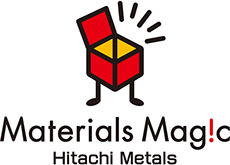
2016
President and COO, Mike Nikolai is named CEO. Thirty-five-year veteran, Gary Gigante retires.
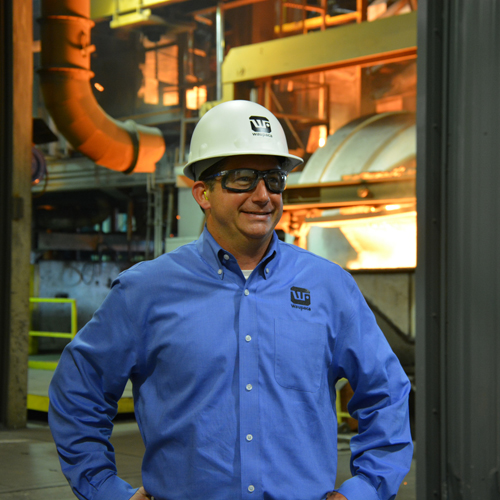
2018
Operations expand into Michigan’s Upper Peninsula with the opening of a new facility located in Ironwood to process iron castings produced at its Waupaca, Wis. plants. Construction began in early 2019.
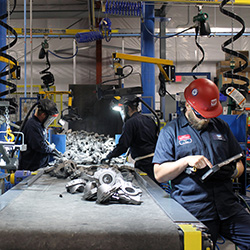
2019
Waupaca Foundry opens its second machining operation adjacent to its Plant 2/3 gray iron foundry in Waupaca, Wisconsin. The plant CNC machines brake components for the commercial vehicle market.
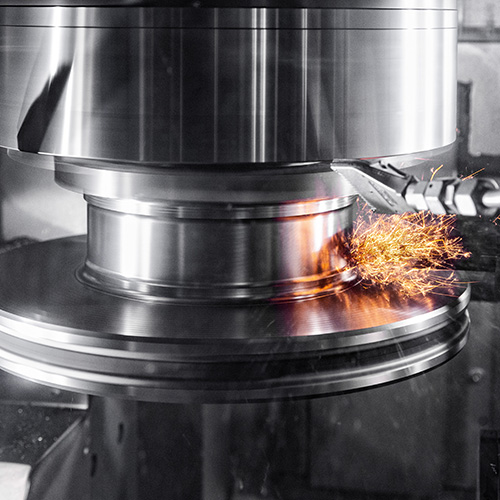
2020 - Present
2023
On January 4, 2023, the acquisition of Hitachi Metals, Ltd. by Bain Capital and other minor investors was completed and the new company, Proterial celebrated with a virtual Day 1 ceremony. Waupaca Foundry remains under Proterial ownership.
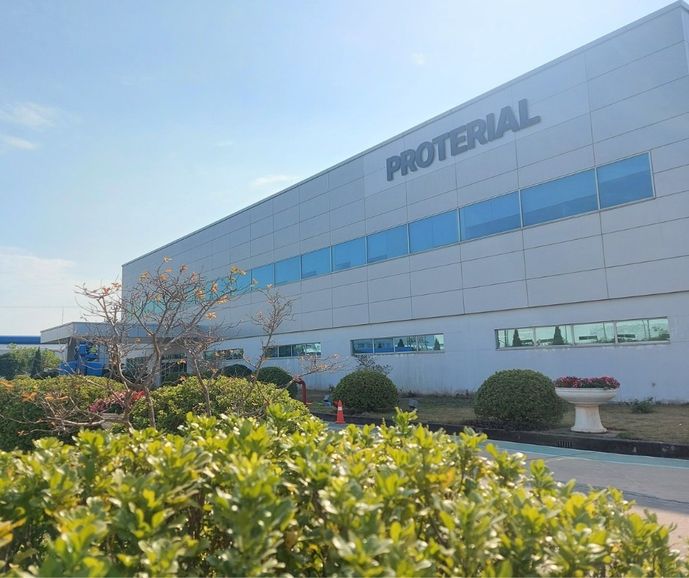
2024
Waupaca Foundry was sold to Monomoy Capital Partners on February 29, 2024. This new chapter brings operations excellence with a focus on investing and growing the iron casting supplier's commitment to its stakeholders.
